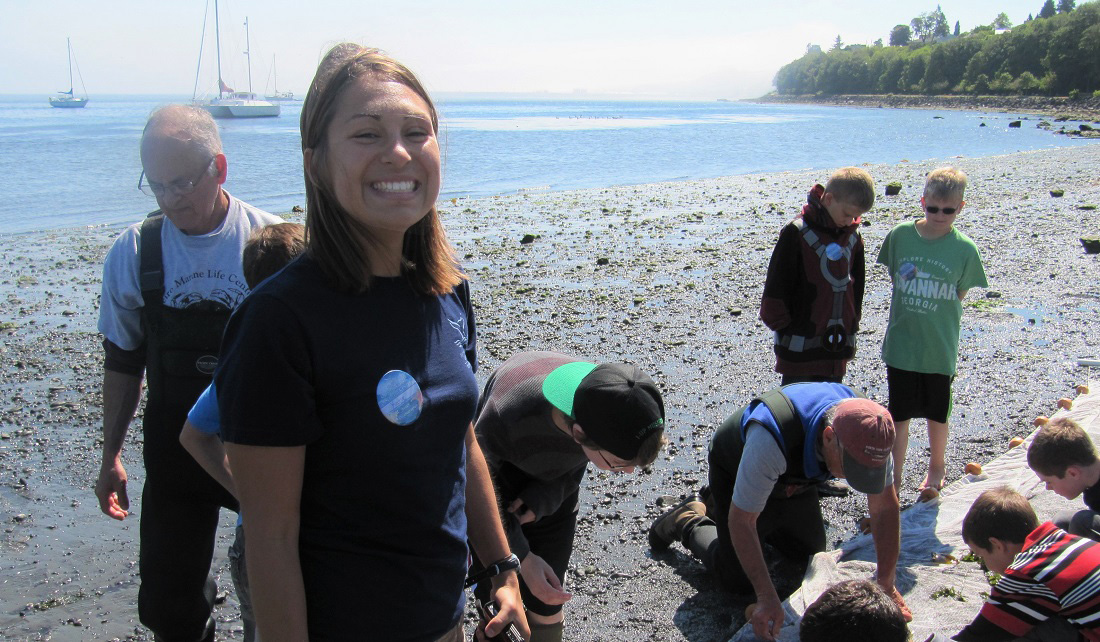
Illinois-Indiana Sea Grant is pleased to announce Katherine O’Reilly as a Knauss Fellowship finalist for the Class of 2018. A PhD candidate from University of Notre Dame working with biologist Gary Lamberti, Katherine is pursuing studies in wetland ecology. Their current project, funded by IISG, focuses on the interactions between sportfish and coastal wetlands. During the course of the research, a weatherfish (Misgurnus anguillicaudatus), a nonnative species from eastern Asian thought to be brought over through aquarium trade, was discovered in the Roxanna Marsh in Indiana. Because these fish feed on small benthic invertebrates, Katherine suggests they could potentially compete with native fish for food.
The Knauss fellowship provides a unique educational experience to students who have an interest in ocean, coastal and Great Lakes resources and in the national policy decisions affecting those resources. The program matches highly qualified graduate students with “hosts” in the legislative and executive branches of government located in the Washington, D.C. area for a one year paid fellowship.
Katherine will be attending Placement Week in mid-November to determine her host office in 2018. Follow her on Twitter at @DrKatfish.
Illinois-Indiana Sea Grant is a part of University of Illinois Extension and Purdue University Extension

